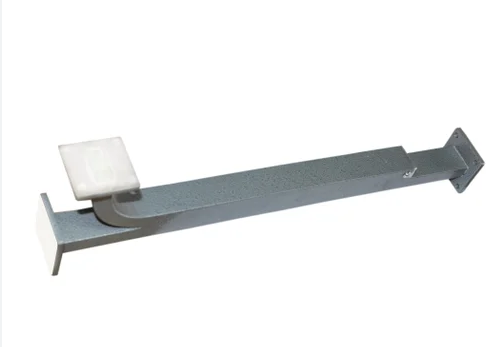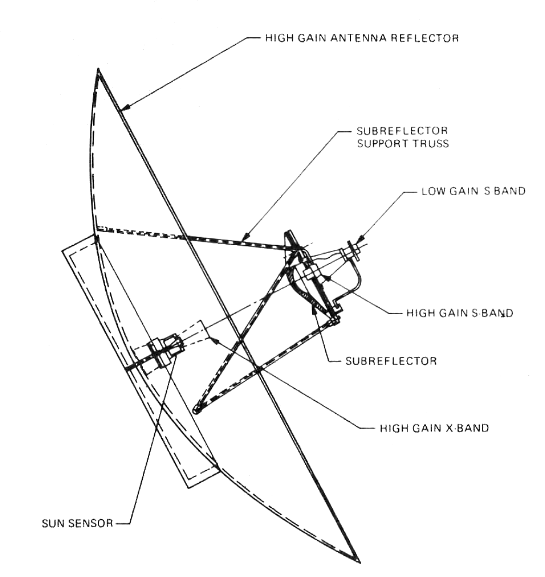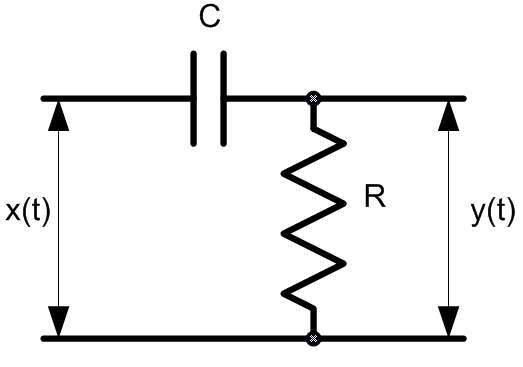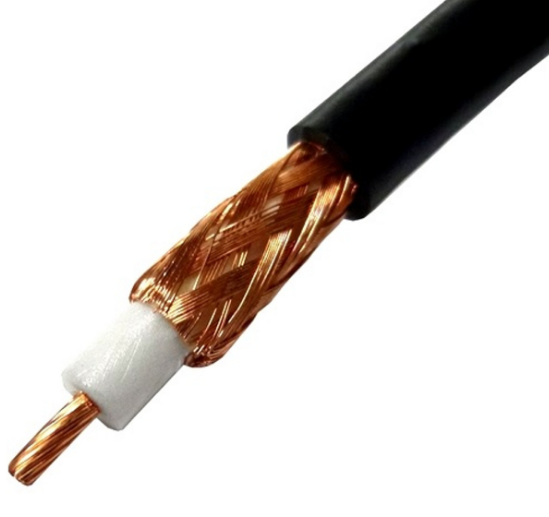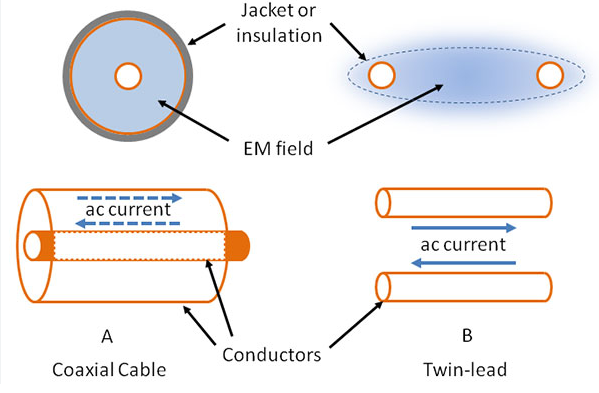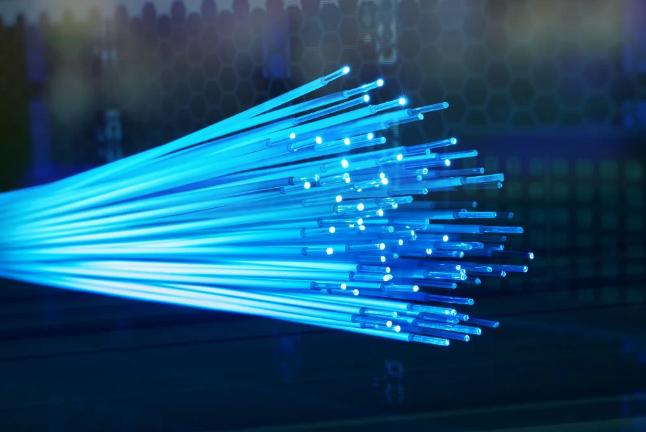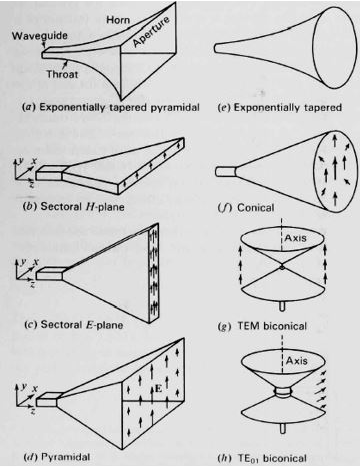How many holes can be there in a directional coupler
A directional coupler typically has four ports or “holes”: an input port, an output port, a coupled port, and an isolated port. These ports are crucial for splitting or combining signals in radio technology, allowing for precise control and minimal signal loss. Input port (usually labeled port 1) In commercial wireless communication systems, the input […]
How many holes can be there in a directional coupler Read More »

